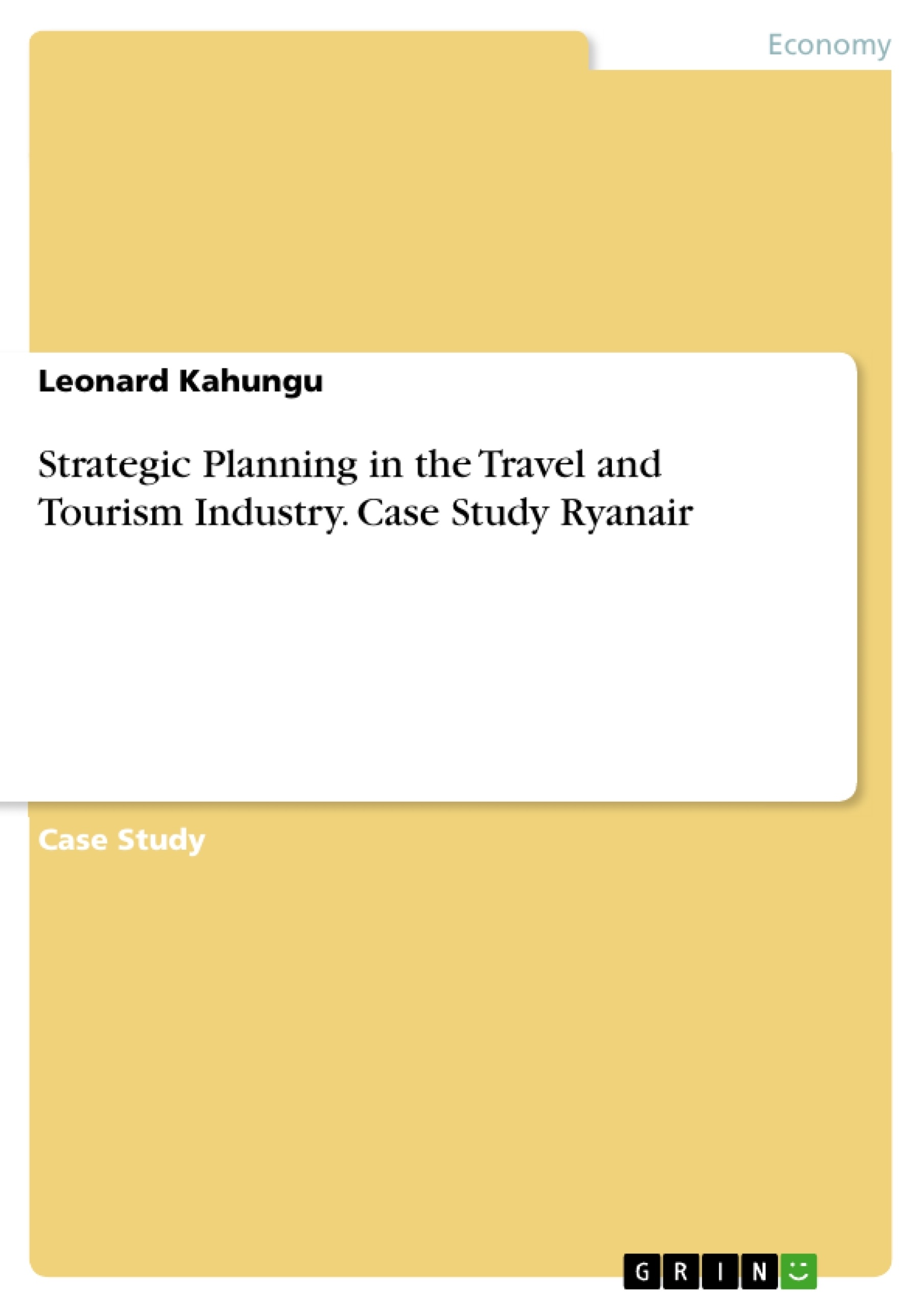This report seeks to develop a strategic plan for Ryanair to enable it gain a competitive advantage, and sustain its growth in the midst of emerging and unique challenges in the operational environment.
Ryanair was established in 1985 by Tony Ryan, Liam Lonergan, and Christopher Ryan. Initially, the flight started with a small carrying capacity but gradually expanded following the development of conducive operational environment. In particular, Ryanair experienced tremendous growth in 1992, following the deregulation of the airline industry in the EU. This company seized the opportunity to expand and overtook the British Airways and Aer Lingus in 1995. Ryanair also exploited the technological advancements in 2000 by launching a website and ensured more than three quarters of its bookings were made via the company’s website.
Nonetheless, Ryanair recorded a significant degree of financial losses in 2003 for the first time in a decade. This was followed by quick interventions which saw Ryanair explore new routes especially in the Eastern Europe. Notably, Ryanair’s growth has been impressive over the last few decades, especially between 1985 and 2011. However, the airline company has experienced turbulent forces in the last few decades as illustrated by financial losses reported in 2003, and recently in 2009.
Inhaltsverzeichnis (Table of Contents)
- Introduction
- PART I A Situational Analysis
- Macro-Environment
- Socio-cultural Factors
- Technological Factors
- Economic Factors
- Environmental Factors
- Political Factors
- Legal Factors
- Ethical Factors
- Micro-Environment - Porters Five Forces
- Bargaining Power of Suppliers
- Bargaining Power of Customers
- Threats from New Entrants
- Threats from Substitutes
- A Competitor Analysis
- Strategy
- Structure
- Systems
- Shared Values
- Style
- Staff
- Skills
- Strength
- Weaknesses
- Opportunity
- Threats
- Key Challenges Facing Ryanair
- PART II Objectives linked to Audit Findings
- Strategic Options for Ryanair
- Strategic Recommendation
- Action Plan
- Conclusion and Recommendations
- References
Zielsetzung und Themenschwerpunkte (Objectives and Key Themes)
This report aims to develop a strategic plan for Ryanair to gain a competitive advantage and sustain growth in the face of emerging challenges in its operational environment.
- Analysis of the macro and micro-environment affecting Ryanair's operations
- Identification and evaluation of Ryanair's strengths, weaknesses, opportunities, and threats
- Development of strategic options for Ryanair to address key challenges
- Formulation of a strategic recommendation for Ryanair's future growth
- Creation of an action plan to implement the strategic recommendation
Zusammenfassung der Kapitel (Chapter Summaries)
The report begins by providing an overview of Ryanair's history, its growth trajectory, and the challenges it has faced in recent years.
The first part of the report focuses on a situational analysis, examining various factors within the macro-environment, including socio-cultural, technological, economic, environmental, political, legal, and ethical factors. It also analyzes the micro-environment, using Porter's Five Forces framework, to assess the bargaining power of suppliers and customers, threats from new entrants and substitutes, and competitive pressures.
The report then delves into Ryanair's strategic approach, examining its structure, systems, shared values, style, staff, and skills. It identifies the airline's strengths and weaknesses, as well as opportunities and threats in the market. Finally, it outlines key challenges facing Ryanair in the current competitive landscape.
The second part of the report focuses on objectives linked to the audit findings, exploring strategic options for Ryanair to address these challenges and achieve its long-term goals. This includes the development of a strategic recommendation and a detailed action plan for its implementation.
Schlüsselwörter (Keywords)
This report centers on the strategic planning for Ryanair, a low-cost airline operating in the competitive travel and tourism sector. Key areas of focus include situational analysis, Porter's Five Forces, SWOT analysis, strategic options, and action planning. The report highlights factors like socio-cultural influences, technological advancements, economic conditions, environmental concerns, political regulations, legal frameworks, and ethical considerations. It examines key challenges facing the airline, such as competition, regulatory changes, and economic volatility, and seeks to provide actionable recommendations for sustainable growth and competitive advantage.
- Quote paper
- Leonard Kahungu (Author), 2018, Strategic Planning in the Travel and Tourism Industry. Case Study Ryanair, Munich, GRIN Verlag, https://www.grin.com/document/428638




